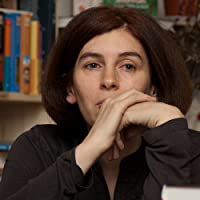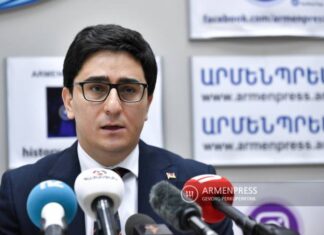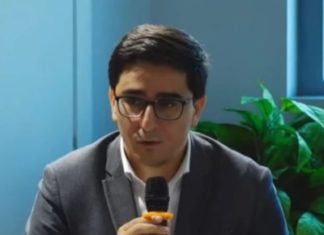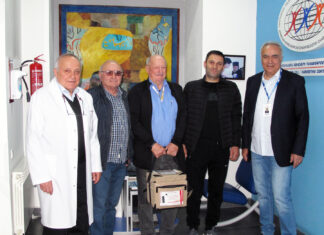“So I’m not crazy? Or if I am, I’m not alone.”
“That last part looks more like it.”
The Gray House
Mariam Petrosyan’s The Gray House (amazon crossing, 2017) opens with a boy and a woman carrying a suitcase approaching “the place,” an ugly gray house at the edge of town, where children “like that” are housed. The little boy is armless, a white jacket with long empty sleeves hugging his shoulders. The old structure looming in front of them has, in fact, been home to generations of “such people.” Its inhabitants are all “not-quite-right,” mostly children with physical disabilities, “silly, happy smiles” and “vacant stares.” Each child is given a nickname upon arrival, usually based on the child’s handicap. As we watch the children grow — all are younger than eighteen — forge friendships, fight and reconcile, we learn to cherish them, no matter what their deformity. With her meticulous details, hilarious descriptions, and much empathy, Petrosyan depicts these kids as credible human beings. She delights in describing their response to the “one piece of luggage per person” warning for their summer trip: “The seniors acquired bags the size of trunks. The juniors had to improvise, sewing additional pockets and elastic bands to their old ones . . . [They] spent their entire days packing and unpacking, in search of the precise formula for the contents of a bag before it burst at the seams . . . there were always more things that simply had to go inside.”
Indeed, we almost forget that the kids are bound to wheelchairs, or that they need to be lifted to the windowsill so they can peer out of the window at the yard below. While for the Outsides (name given in the book to the neighborhoods surrounding the Gray House) these kids still carry the stigma of “such people” and are dismissed with euphemisms such as, “healthy people with scary stuff in their medical histories,” or “children with diminished ability,” Petrosyan makes even their grossest deformity irrelevant.
The Gray House is a wondrous place. It is a world full of amulets, spells and bad omens, a world of magic and phantasmagoric stories. “The passion of the House dwellers for tall tales of all kinds did not spring out of nothing. It was their way of coping, molding their grief into superstitions,” writes Petrosyan. In fact, four times a year, the House organizes a Fairy Tale Night when kids share their own imagined stories. The children paint their faces and cover the walls and the ceilings of the locker rooms and the canteen with fanciful images, all in vivid colors. The two-headed lizard and the eagle-like monster on the coat of arms are part of who they are. Leaving the House would be a “step into the void.”











